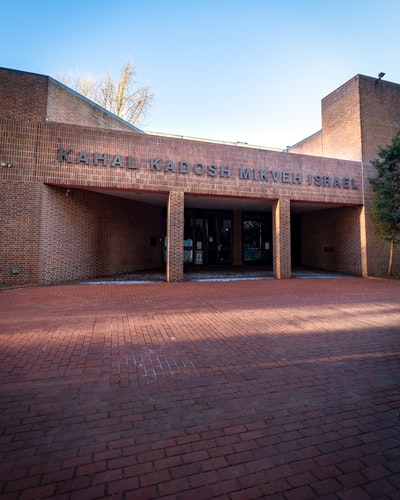The Peaceful Co-Existence

However, between 1955 and 1970 there were several different international flashpoints that brought East and West to conflict – though never direct war – once more.
On the Brink of World War III
Cuba

Bay of Pigs
The United States was furious that a pro-Soviet Union country had appeared less than 100 miles from the US coast. It made secret plans to overthrow the Castro regime by giving money, weapons and training to Castro’s opponents. This ended in the Bay of Pigs Crisis of April 1961 when these forces attempted to invade Cuba by landing at the Bay of Pigs, but were easily defeated.
But that wasn’t the end of Cuba’s role in the Cold War. After the Bay of Pigs Cuba was more strongly supported by the Soviet Union than ever. In return for plenty of economic and military aid, Cuba agreed to let the Soviet Union build nuclear missiles launch sites on the island.
The Cuban Missile Crisis

* On 16 October, Kennedy created a National Security Council to examine the situation, and a week later told Americans of the threat. US planes carrying atomic bombs were put on the highest alert.
* The United States set up a naval blockade to try and stop Soviet ships carrying nuclear missiles from reaching Cuba. Khrushchev told his ships to carry on to Cuba anyway, creating a dramatic showdown.
*Both sides made a very public show of standing up to the enemy.
*But in spite of this, and the dramatic, terrifying suspense of it all for pretty much the entire world, both sides were secretly keen to bring the crisis to a peaceful solution.
Khrushchev told Kennedy on 26th October that he would remove the missile bases if the USA promised not to invade Cuba, and the next day also demanded he get rid of American missile bases in Turkey that threatened Russia. Kennedy publicly promised not to invade, and in secret also agreed to dismantle the Turkish bases. Khrushchev accepted the offer on 28th October, and a nuclear war was narrowly avoided.
Cuban Missile Crisis: the Consequences
What were the effects of the crisis:
* Both sides claimed victory, but because the deal involving Turkey was kept secret, in the West it looked like a victory for the USA.
* At the same time, Khrushchev looked like the weaker man, and in 1964 he resigned as leader of the USSR.
* The incident caused both sides to become more cooperative. In the end, neither power wanted to start a nuclear war. The crisis can be seen as directly responsible for encouraging the American and Soviet leaders to negotiate the 1963 and 1968 nuclear treaties described above.